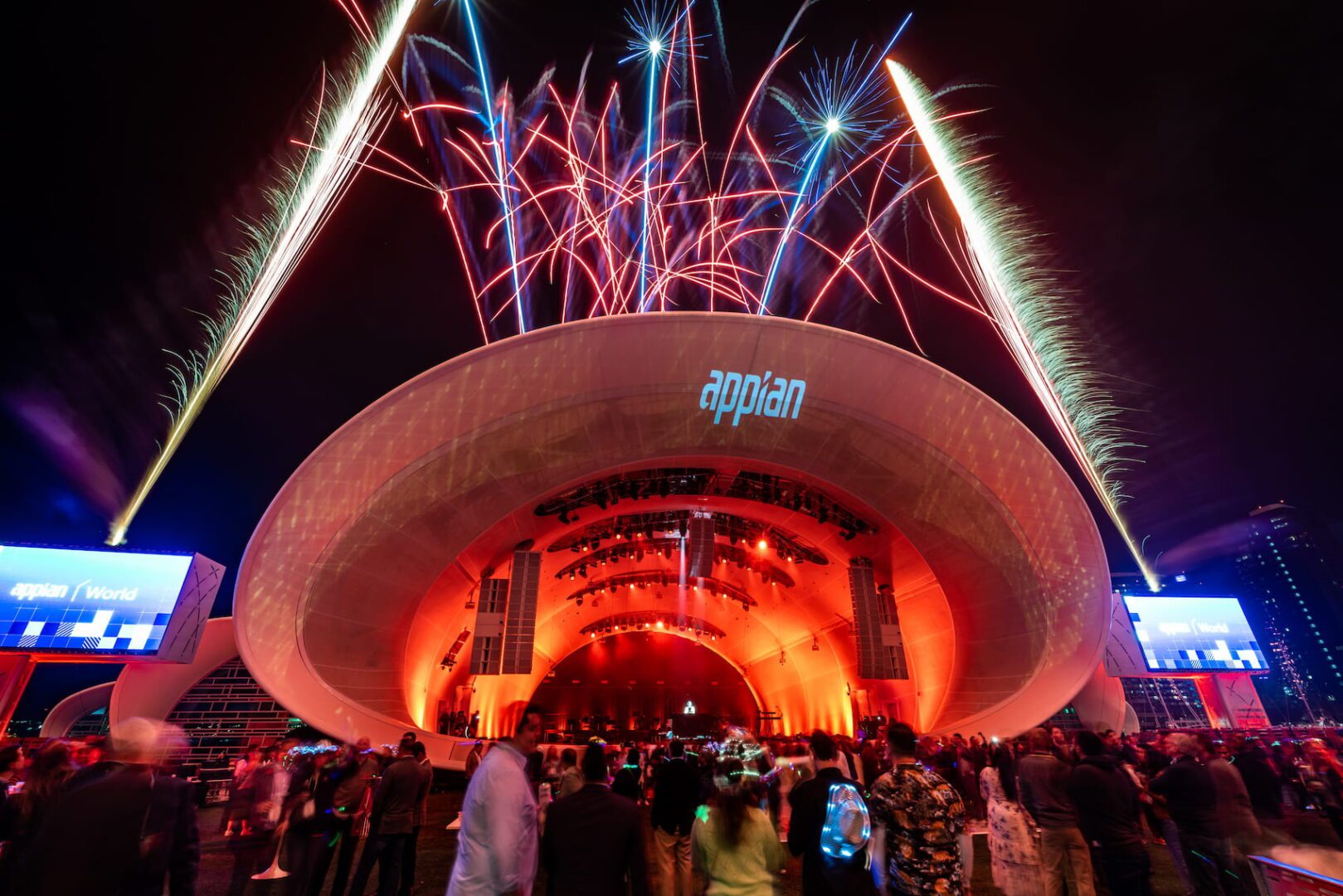Motion mapping mapping is an innovative art medium that merges technology and innovation to transform common surfaces into remarkable visual displays. This technique entails projecting images and videos onto three-dimensional objects, such as buildings, sculptures, or platforms. One of the key crucial elements in creating effective mapping is the use of efficient lighting techniques. Proper lighting improves the aesthetic elements of the display and ensures that the images are crisp and captivating. This piece explores the impact of illumination techniques on video mapping and how they can enhance the overall encounter.
Lighting plays a crucial role in motion mapping because it sets the mood and feel of the exhibit. Different lighting techniques can evoke various emotions and reactions from the audience. For example, using soft, warm lights can create a welcoming environment, while vivid, cool lights may produce a more energetic or intense impact. By carefully choosing illumination hues and brightness, artists can influence how viewers interpret the displayed visuals, leading to a more engaging experience. The equilibrium between projection luminance and surrounding illumination is crucial, as it can greatly impact the visibility and effect of the images.
In addition to, hue and brightness, the angle of illumination also affects the efficacy of projection. Lighting from different angles can generate contrast and accents that introduce dimension to the projected visuals. This technique, known as light and shadow, can improve the 3D quality of the objects being mapped. Furthermore, using moving illumination can introduce energy to the display, making the experience more involving for the audience. When the light interacts with the projected images, it can produce an effect of motion and transformation, capturing the viewers' focus.
Another essential aspect of lighting in projection is the use of special effects. Techniques such as gobo lighting, which employs shapes investigate this site and forms to project light, can introduce depth and intricacy to the mapping. This method allows artists to layer images and create aesthetically captivating results that enhance the projection. Moreover, adding laser lights or light-emitting diode illumination can additionally improve the exhibit, providing a distinct mix of sight components that attract the viewers in. These unique effects, when used thoughtfully, can elevate the projection beyond a simple display to an immersive work of creativity.
In summary, the influence of illumination techniques on video mapping is significant. By comprehending how various illumination components connect with mapped visite site visuals, creators can produce enthralling encounters that connect with audience. The careful selection of color, intensity, direction, and special effects enables for a vivid canvas of sight narrative. As technology continues to grow, the possibilities for artistic showcasing in mapping will only expand, making illumination an ever-important component in this innovative art form.

Comments on “Illuminating the Impact of Lighting Methods on the Art of Video Projections Mapping”